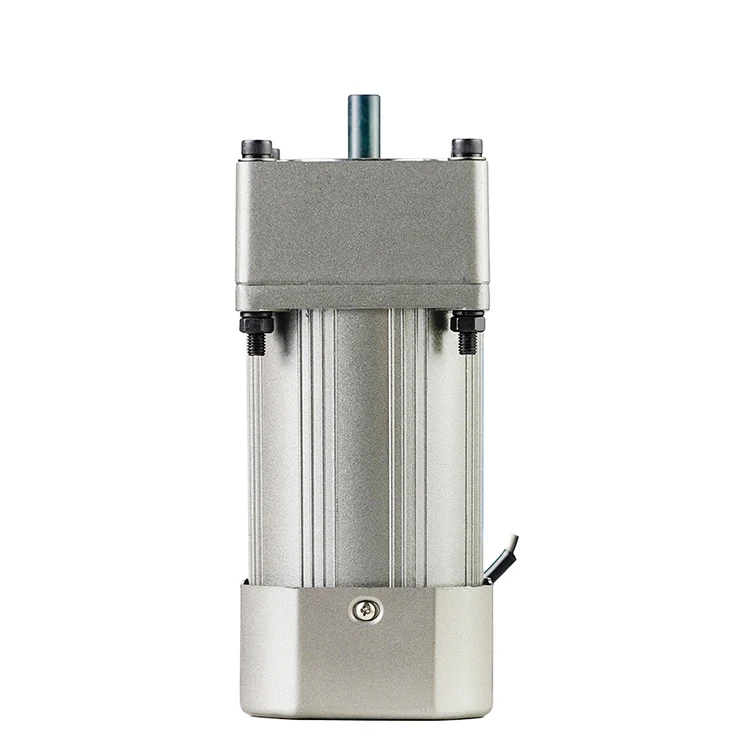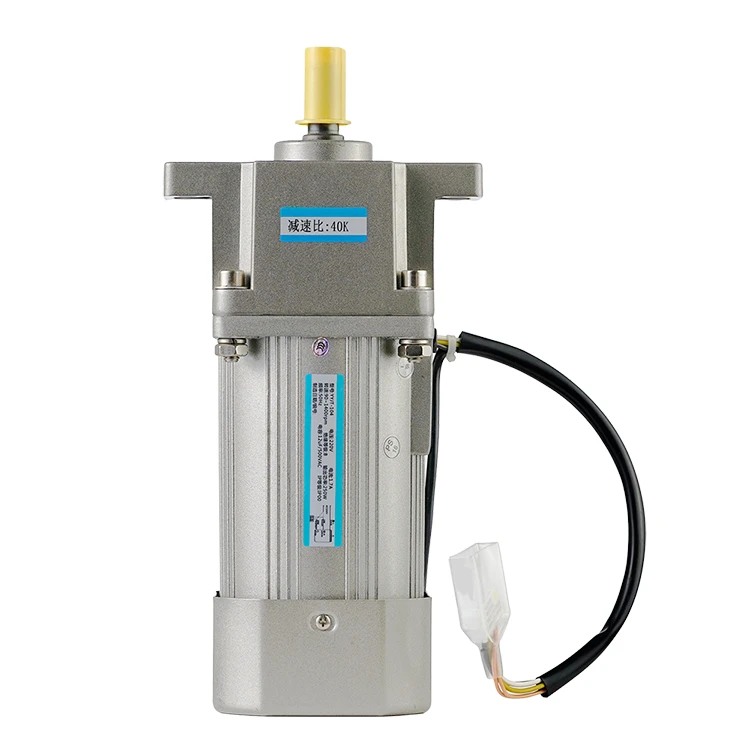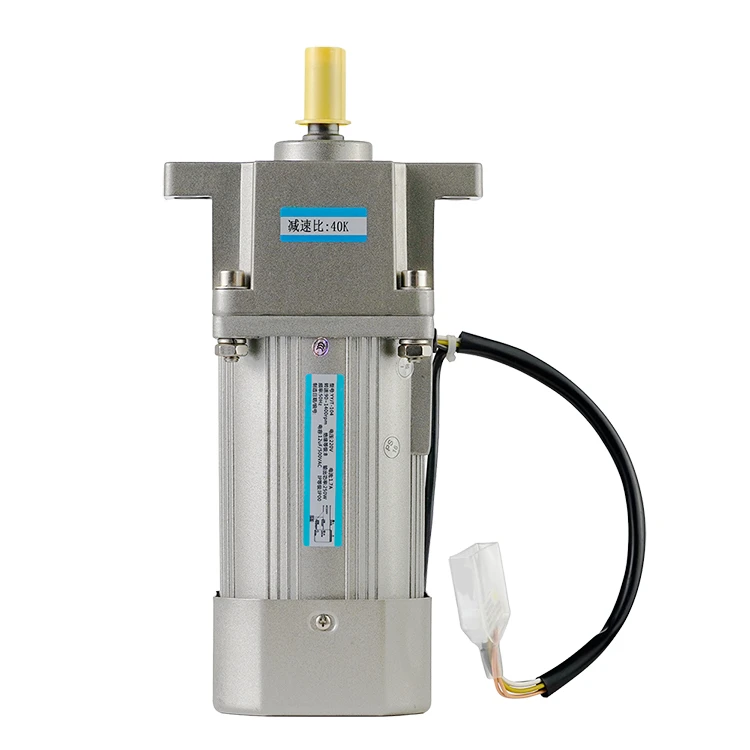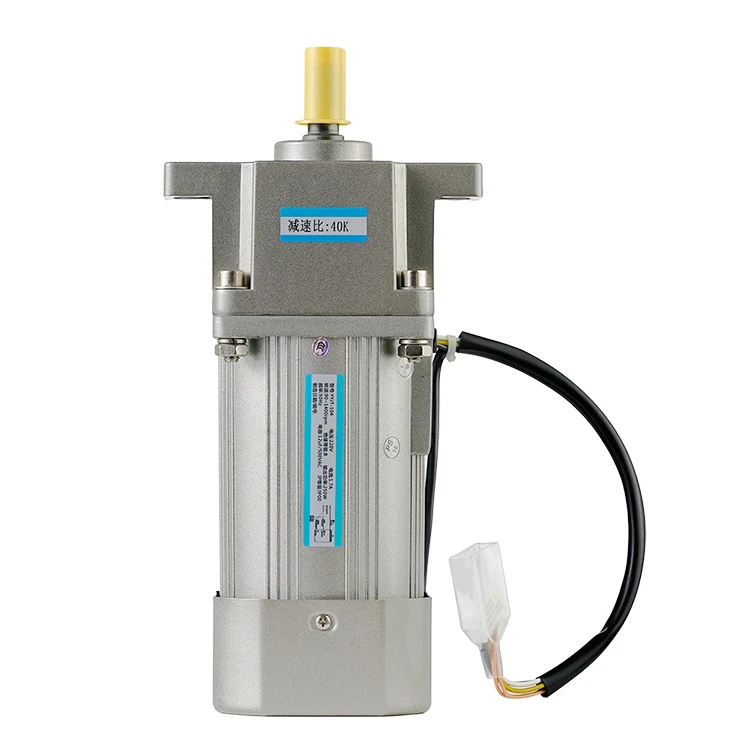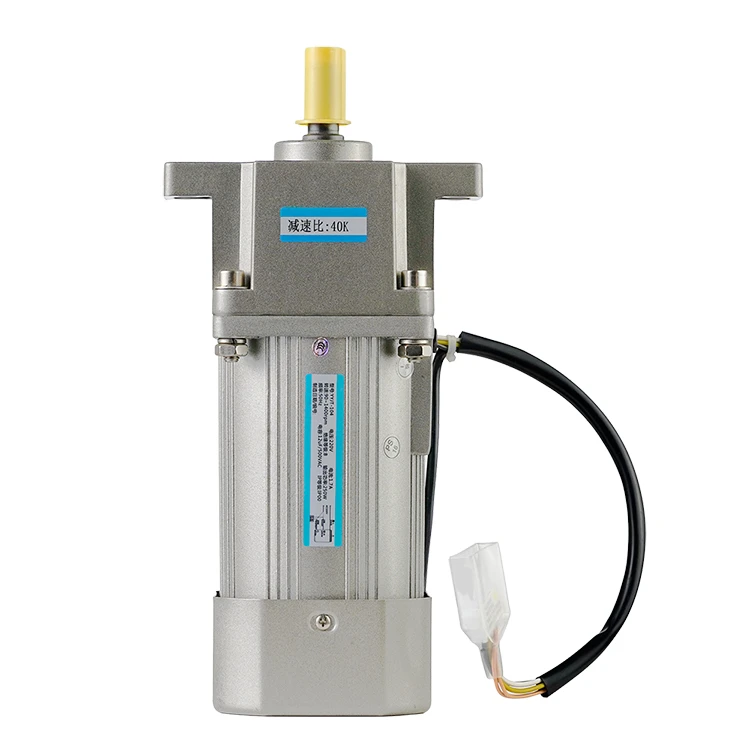The difference between synchronous and asynchronous motors
2022-11-25 15:59:15
Electric motors are machines that convert electrical energy into mechanical energy to meet production operations. There are DC and AC currents in motors. AC motors are divided into two types: synchronous motors and asynchronous motors. Despite the fact that they are both AC motors, they vary greatly from one another. What is a synchronous motor?
A motor that runs at a synchronous speed is called a synchronous motor. A synchronous motor converts electrical energy into mechanical energy. When a synchronous motor is switched on to AC power, the stator winding generates a rotating magnetic field. The design of a rotor allows it to generate its own magnetic field through the use of permanent magnets or an external DC power supply via slip rings.
What is an asynchronous motor?
Asynchronous motors are also known as induction motors. Unlike synchronous motors, the rotor of an asynchronous motor is not synchronized with the speed of the rotating magnetic field. Actually, the rotor speed of an asynchronous motor is slower than the speed of the rotating magnetic field. There are two types of rotors used in asynchronous motors, they are squirrel-cage rotors and wound rotors. When a squirrel-cage rotor is used, the motor has only one input power source, so the motor is called a single excitation motor. When an asynchronous motor uses a wound rotor, the motor has two input sources of power and is therefore called a double-excited motor.
Differences between synchronous and asynchronous motors
- The speed of a synchronous motor depends on the input power frequency and the number of poles on the stator, and it will run at a constant speed at a set frequency. However, the speed of an asynchronous motor depends on the mechanical load, rotor circuit resistance, and motor turndown rate, and its speed decreases as the load increases.
- Synchronous motors are not self-starting and require some external starting method, while asynchronous motors can be self-starting.
- The torque of a synchronous motor is not affected by voltage variations as an asynchronous motor is.
- The supply voltage of a synchronous motor doesn’t affect its speed and torque, but in an asynchronous motor, if you change the supply voltage, its torque and speed can be changed.
- Synchronous motors are suitable for machines running at low speeds below 300 RPM. Asynchronous motors are suitable for machines running at high speeds, usually over 600 RPM.
- Synchronous motors have a higher capital cost than asynchronous motors.
- AC synchronous servo motors can operate at very low speeds by using electronic converters that produce very low frequencies.
Applications of synchronous and asynchronous motors
Synchronous motor applicationSynchronous motors are used in power stations and substations connected to busbars to improve power factor and it is also used in equipment requiring constant speed, such as fans, blowers, centrifugal pumps, compressors, reciprocating pumps, paper mills, and other drives.
Asynchronous motor applicationsNowadays, most of the motors in society are asynchronous motors, which are widely used in the oil industry, textile industry, and paper industry. In addition, blowers, pumps, compressors, conveyors, lifts and heavy-duty cranes, lathes, and other equipment also use asynchronous motors.
Conclusion
In summary, synchronous and asynchronous motors differ in many aspects, which leads to their different application areas. In general, synchronous motors are mostly used for low-speed operation, while asynchronous motors can be used for most rotating or moving machines.
See What Lunyee Can Do For You
Contact Us
- 8619149417743
- +86-0371-5562 0274
- [email protected]
- Zhengzhou, Henan Province, China
- Mon-Fri: 9:00 - 18:00
